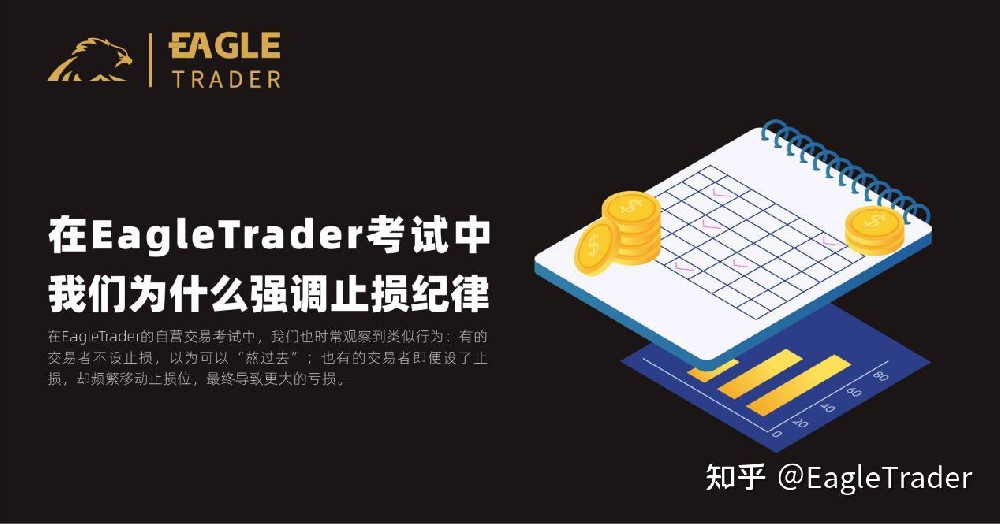Why do we emphasize stop loss discipline in the EagleTrader exam
- 2025年5月27日
- Posted by: Eagletrader
- Category: News
In actual trading, many retail traders believe that the behavior of “not setting a stop loss” is unreasonable, but in fact, the situation of not using a stop loss is still widely present. For large institutional traders, they may be able to avoid risks through strict system control and high-frequency trading methods, but for ordinary individual traders, not setting a stop loss is more like using principal to gain psychological quality, and the consequences are often unbearable.

In the EagleTrader’s proprietary trading exam, we often observe similar behaviors: some traders do not set stop loss, thinking that they can “get through it”; some traders even if they set stop loss, they frequently move the stop loss position, which ultimately leads to greater losses.
Tolerating fluctuations does not mean giving up risk control
Many traders who do not set stop loss have the belief: “The market will test the direction first, and I can reverse it as long as I give it time.”
This statement sounds reasonable, but a safer approach should be: reasonably set the stop loss distance, avoid early entry, and wait patiently based on the strategy. Instead of giving up stop loss altogether, we hope that the market will “cooperate automatically”.
Some people are worried about “sweeping and stop loss” – that is, the price briefly breaks through near the key point and then reverses. This situation does exist, but it is essentially an improper setting of the stop loss strategy, not a problem with the stop loss itself. Only by activating the stop loss mechanism in a real breakthrough market can small mistakes be prevented from turning into large losses.
The market does not always leave reaction time
We found that the most common mistake made by novices is: overestimate the speed of their manual stop loss and underestimate the speed of market fluctuations. Once the market is fast and unilateral, or encounters sudden messages, platform delays, etc., an account without a preset stop loss will have no defensive ability.
Moreover, decisions under stressful states are often extremely bad. You may be staring at the account with increasing losses while persuading yourself “Wait a little longer and it will reverse soon”, and you will not wake up from your fantasy until the account is over.
The real value of stop loss is the psychological defense
For most traders who set stop loss, this is not just a price point, but also a psychological discipline framework. It means: “Before opening the position,I know what the maximum possible loss is. This allowed me to make calm decisions rather than emotional operations. “
This calmness and control are the key capabilities in building a long-term trading system. In the EagleTrader’s proprietary trading exam, we do not encourage traders to pursue high returns blindly. On the contrary, we pay more attention to whether they have the ability to control losses and execute strategies stably. Each decision to set a stop loss is not only for the current transaction, but also a test of the stability of the trading system.
The mock exam accounts we provide are both a challenge and a trial field. Traders without real risk control capabilities will find it difficult to go long even if they pass the exam occasionally.
No stop loss does not mean patience; high winning rate does not mean stability. Before you try to trade based on your feelings, you might as well ask yourself: If the market suddenly reverses, can my funds bear it?
If you want to truly control risks in trading, maybe from EagleTrader’s self-operated trading exam begins with a lower cost attempt. The essence of trading is not to predict the market, but to control yourself.
